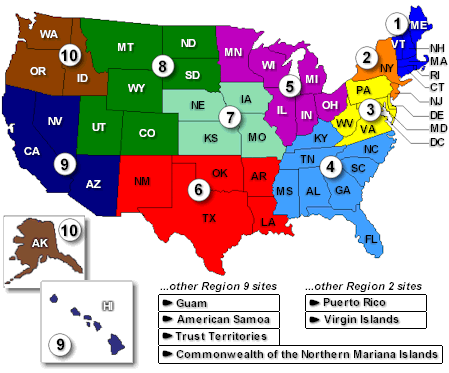I have always donated clothes that I grew out of or lost interest in to the thrift store in my hometown, and I just assumed that was the greenest option for my old clothes. However, I just discovered that some clothes can actually be recycled. This weekend I bought a sweater I have had a crush on for a long time, but just haven't been willing to pay full price for. The stars must have aligned because not only was it on sale, but it is made out of a material that can be recycled!
The brand Patagonia has over a dozen environmental initiatives, one of which is the Common Threads Recycling Program. According to their statement online the company is actively trying to 'close the loop on the product life cycle'. They set a goal to make all of their products recyclable in some way in five years. They report that they are about a year behind schedule, but will reach this goal in late 2011. It turns out that polyester and nylon products can actually be melted down and made into fiber of the same strength and quality, and wool and cotton products can be ripped up and reproduced into a lesser, but still usable product. So when I have totally worn out my sweater or when I finally have that growth spurt I have been waiting for and I am too tall for my sweater I can mail it into their head quarters and they will recycle it!
The website also offered a few tips I thought were worth sharing:
1. Reduce- buy less stuff and purchase things that are good quality and will last for a long time. Americans for sure own more clothes than most societies, we could definitely get by with less.
2. Repair- if you break or damage something, try to fix it before tossing it
3- Reuse- donate your old clothes
4- Recycle- buy products that have a longer life cycle and can be recycled responsibly
(my picture hasn't been able to upload, I think it is stuck in cyberspace somewhere- but it was just a logo of the Common Thread program)

 I noticed this sitting on a window sill in my dorm, and I was pretty disturbed by it. The liquids in the bottles clearly are not Corona or Poland Springs water. It just brings up the disturbing question, what is in these bottles? You can't tell in the picture, but there was a layer of some sort of dark brown goo on the bottom then it lightens as it goes up. It's just gross and could easily have been disposed of. It didn't have to be left sitting there for everyone to see.
I noticed this sitting on a window sill in my dorm, and I was pretty disturbed by it. The liquids in the bottles clearly are not Corona or Poland Springs water. It just brings up the disturbing question, what is in these bottles? You can't tell in the picture, but there was a layer of some sort of dark brown goo on the bottom then it lightens as it goes up. It's just gross and could easily have been disposed of. It didn't have to be left sitting there for everyone to see.

















































